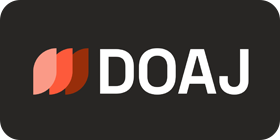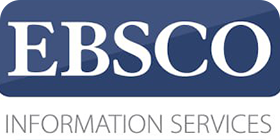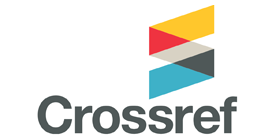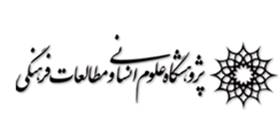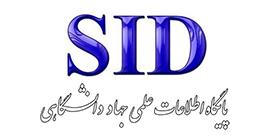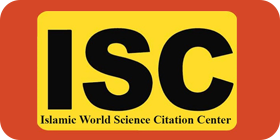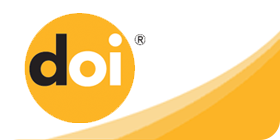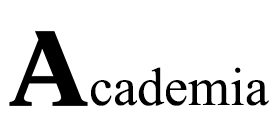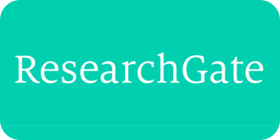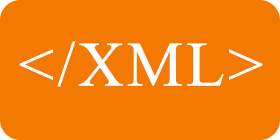Drawing a Scientific Map of the Field of Ambidextrous Leadership with a Bibliometric Approach
Keywords:
Scientific Map, Ambidextrous Leadership, Bibliometric Approach, Innovation, CreativityAbstract
Purpose: Ambivalence includes the ability to perform exploitative activities (attention to the present time) and exploratory activities (attention to the future time) at the same time. Therefore, the current research was conducted with the aim of drawing a scientific map of the field of ambidextrous leadership with a bibliometric approach. Methodology: This research in terms of purpose was applied and in terms of execution method was descriptive. The population of this study was conducted researches in the field of ambidextrous leadership in the Scopus database from 2007 to 2023 with a systematic method. For data analysis was used from bibliometric method with the two objectives of functional analysis and citation network analysis and with PRISMA protocol in VOSVIEWR software. Findings: The results of functional analysis showed that in the field of ambidextrous leadership, Rosing et al had the most citations (583 items) with an article entitled Explaining the heterogeneity of the leadership-innovation relationship: Ambidextrous leadership. Also, the countries of China, Australia, Germany, England and America respectively had the most research in the field of ambidextrous leadership. In addition, the findings of the citation network analysis showed that there were three clusters for authors and six clusters for countries in the co-citation pattern. Also, the synonymy pattern had 1309 links, 337 keywords and 48 clusters, which most of them were with the keywords of innovation, creativity and leadership. Conclusion: The findings of this study about the ambidextrous leadership with a bibliometric approach indicate that the results of this study can help to understand the different angles of ambidextrous leadership with the aim of increasing and promoting it.

